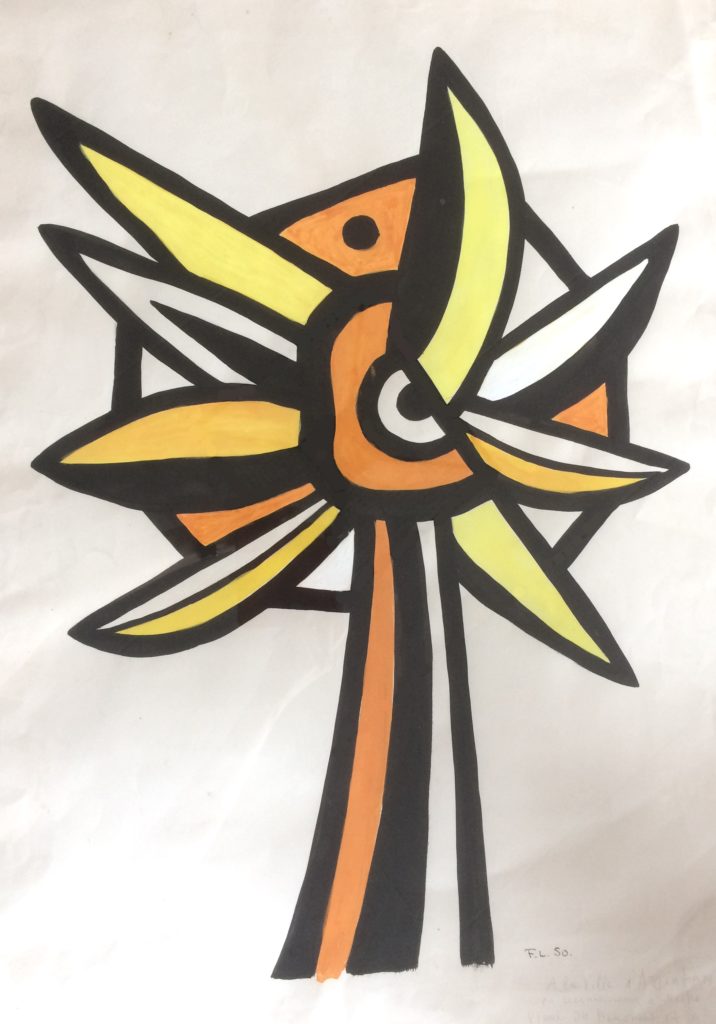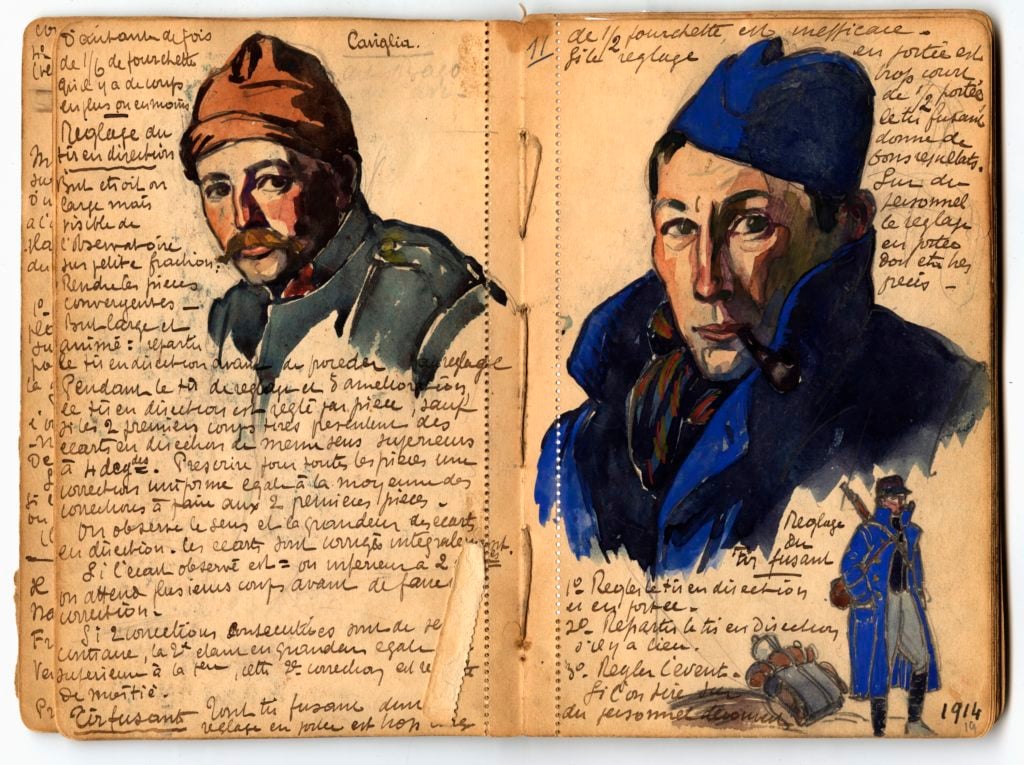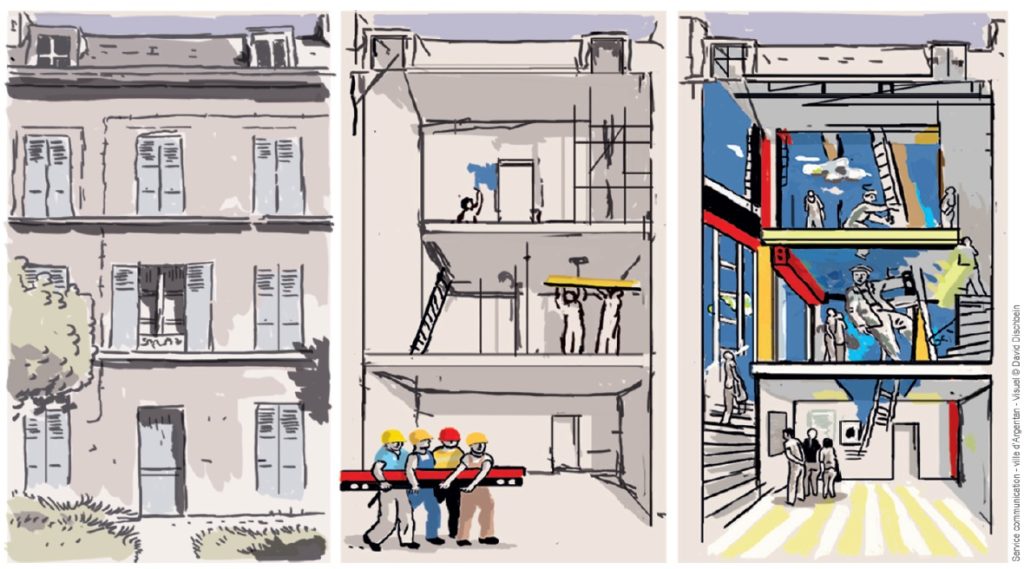Art World
Fernand Léger’s Childhood Home in Normandy Will Become a Museum Dedicated to His Earliest Artistic Friendship
The museum will explore Léger's early partnership with the Art Deco artist and decorator André Mare.

The museum will explore Léger's early partnership with the Art Deco artist and decorator André Mare.

Naomi Rea

A small town in northwestern France is getting a $1.5 million museum dedicated to Fernand Léger, the giant of Cubist abstraction, and one of his earliest friends, the lesser-known painter André Mare.
The museum’s setting in Argentan, a town in Normandy, may seem bizarre, but it’s where the artists were born in the 1880s, and where they formed an important friendship that fostered their respective creative energies.
The museum will be housed in Léger’s childhood home, and promises to trace the pair’s trajectory, from their humble beginnings to their pursuit of international recognition. It will put a special emphasis on how the experiences of their youth shaped their later works.
“In Argentan, we want to present the friendship of two artists, and the strong connection with their homeland,” says Magali Guillaumin, Argentan’s director of museums and heritage. Another museum in Biot in the south of France is dedicated exclusively to Léger and opened in 1960. It was founded by the artist’s wife, Nadia.

Fernand Léger, The Sunflower © Musée Fernand Léger – André Mare, ville d’Argentan.
As a painter, sculptor, and filmmaker, Léger is revered for his Cubist works, many of which are in the collection of the Centre Pompidou in Paris. Later, he moved towards a more figurative, populist style. He was among the first artists to use culture society as subject matter and is considered a forerunner of the Pop Art movement.
While he was a soldier in the French Army during World War I, Mare used Cubist techniques to develop military camouflage. He is better known, however, for his later work as a decorative artist and Art Deco interior designer, and for his partnership with the architect Louis Sue.

Two pages from André Mare’s World War I Diary. © Musée Fernand Léger – André Mare, ville d’Argentan.
The house, at 6 rue de l’Hotel de ville, was acquired by the local government in the 1990s and has been an artist’s studio and project space ever since, although Guillaumin says the town had long planned to turn it into a Léger attraction.

Illustration of the ongoing work at the museum. © Musée Fernand. Léger – André Mare, ville d’Argentan.
After the $1.5 million revamp, which is funded by the city, the museum will open on June 11. It is not yet decided what the inaugural exhibition will be, but a watercolor by Léger, Cycles X (1899), will be featured. The rare early work was gifted to the museum by the local heritage club after a grandson of Mare sold it for roughly $11,000, less than one-sixth of its market value, on the condition that it be it displayed publicly, according to France3.